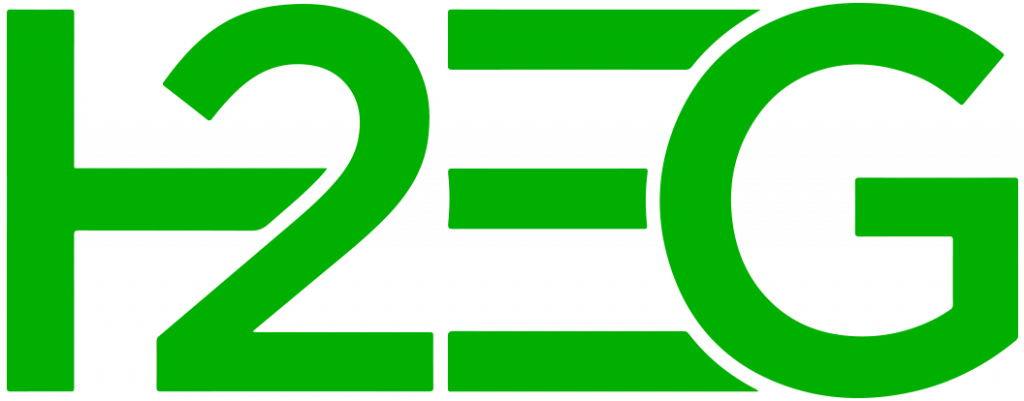
Under the Cleaner Fuels Programme, the government will grant funds to Australian companies producing biomass-based sustainable aviation fuel (SAF) and e-fuels from green hydrogen.
The 10-year programme aims to drive private investment in domestic production of renewable fuels like renewable diesel and SAF.
The first production of ‘drop-in’ cleaner fuels, compatible with existing engines, is expected by 2029.
The government has said grants will be awarded competitively to ensure value for taxpayers. Details around eligibility will be considered through public consultation and design work.
Australia has the resources to produce cleaner liquid fuels, with access to feedstocks like canola, sugar, and waste. The nation already exports nearly $4bn of suitable feedstocks, according to the state-owned Clean Energy Finance Corporation (CEFC).
The CEFC estimates that Australia’s low-carbon liquid fuel industry could be worth $36bn by 2050, if its advanced farming practices are paired with affordable renewable energy.
The subsidy programme builds on support from previous government funds, such as the SAF Funding Initiative and the Future Made in Australia Innovation Fund (FMIA).
“Across the nation, we have two billion litres worth of projects in the pipeline, many of which are ready to scale up production,” explained Chris Bowen, Australia’s Minister for Climate Change and Energy.
“A new thriving domestic industry with more jobs in our regions, from farmers growing the inputs to workers refining the fuels of the future, is within our reach.
“$1.1bn for low carbon liquid fuels production here in Australia builds on the $250m we have already allocated to low carbon liquid fuels research and development through the FMIA.”
Policy Pillar: Future Made in Australia ignites the nation’s hydrogen ambitions
It felt like a long-awaited moment when Australian Treasurer, Jim Chalmers, stood up in the country’s Parliament in Canberra, to announce the government’s AUD $22.7bn ($15.2bn) Future Made in Australia (FMIA) Act framework, as part of his 2024-25 budget.
Offering investments into renewable energy, clean energy manufacturing, economic and workforce development, innovation and technology, and more, over the next 10 years, the package is hoped to spur domestic manufacturing while accelerating the nation on its path to Net Zero.
It came after the government announced it would respond to mammoth policies such as the US’ Inflation Reduction Act (IRA) and the European Net Zero Industry Act (NZIA), with the Chancellor claiming the package will help make Australia an “indispensable part” of the global economy.
At the heart of the framework, lies AUD $13.7bn ($9.1bn) in production tax incentives for green hydrogen – AUD $6.7bn ($4.5bn) – and process critical minerals – AUD $7bn ($4.7bn).
H2 View subscribers can continue reading here.

